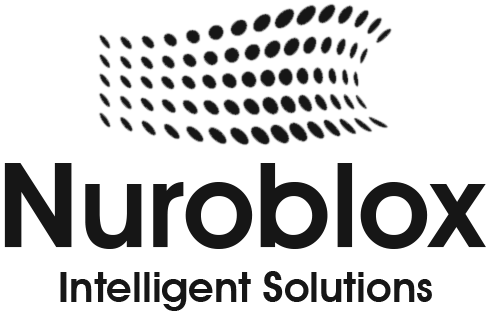Agentic Systems
- Home
- Agentic Systems
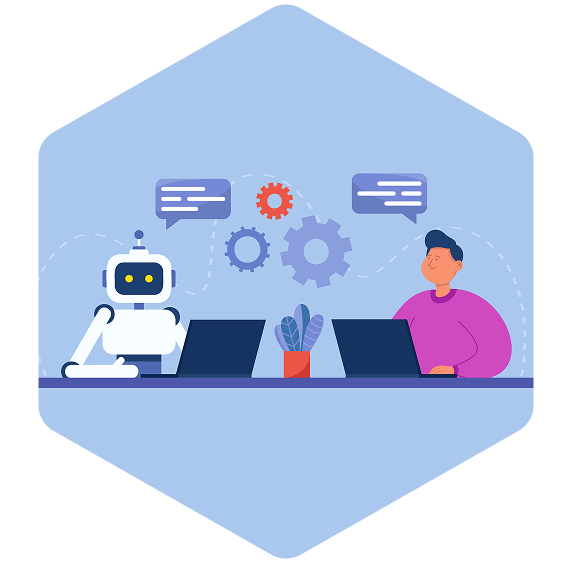
// ABOUT AGENTIC SYSTEMS
Agentic Systems
Agentic Systems represent a new frontier in Artificial Intelligence, where AI models go beyond passive instructions and evolve into autonomous, goal-driven agents. Unlike traditional systems that execute pre-defined tasks, Agentic Systems possess the ability to make decisions, adapt to changing environments, and collaborate with other agents or systems. This transformative shift empowers businesses with AI that is not only responsive but also proactive in solving complex challenges.









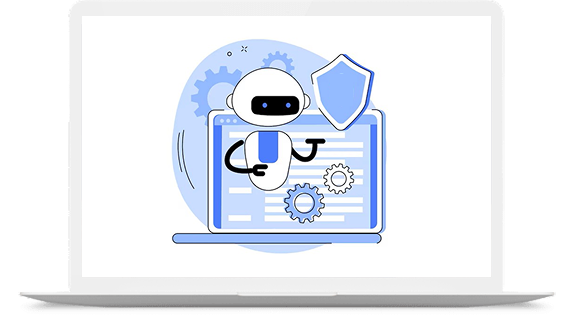
What is an Agentic System?
Benefits of Agentic Systems
Increased Autonomy
Agents work independently, reducing the need for direct supervision or constant manual management. This allows human teams to focus on higher-value activities rather than overseeing routine tasks.
Scalable Decision-Making
These systems learn from feedback and adapt to new data or changing circumstances. Over time, their performance gets better as they refine their decision-making based on what works and what doesn’t.
Dynamic Collaboration
Agentic AI can communicate and collaborate with other AI agents, people, and business systems. This fosters teamwork and seamless integration, improving results and overall system productivity.
Dynamic Collaboration
Agentic AI can communicate and collaborate with other AI agents, people, and business systems. This fosters teamwork and seamless integration, improving results and overall system productivity.
How does an agentic system work?
We’re Here to Assist You and Address
All Your Questions Anytime!
Use Cases of Agentic Systems
Healthcare
Manufacturing
Cybersecurity

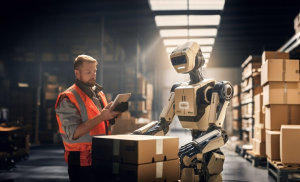

Challenges of Agentic Systems
Ethical Concerns
Agentic Systems can sometimes make decisions that are biased or difficult for humans to explain. This lack of transparency raises concerns about fairness, trust, and accountability in critical situations.
Scalability Risks
As organizations deploy more agents or increase the complexity of their environments, maintaining consistent performance can become difficult. Scaling up may expose weaknesses or create bottlenecks if not managed properly.
Human-AI Collaboration
Building trust between people and autonomous AI is not always easy, as users may not always understand or agree with the agents’ decisions. Fostering effective communication and teamwork remains an ongoing challenge.
Human-AI Collaboration
Building trust between people and autonomous AI is not always easy, as users may not always understand or agree with the agents’ decisions. Fostering effective communication and teamwork remains an ongoing challenge.
Future of Agentic Systems

